King of gemstones: Van Cleef & Arpels Treasure of Rubies
A dazzling tribute to the precious red stone that has fascinated for centuries
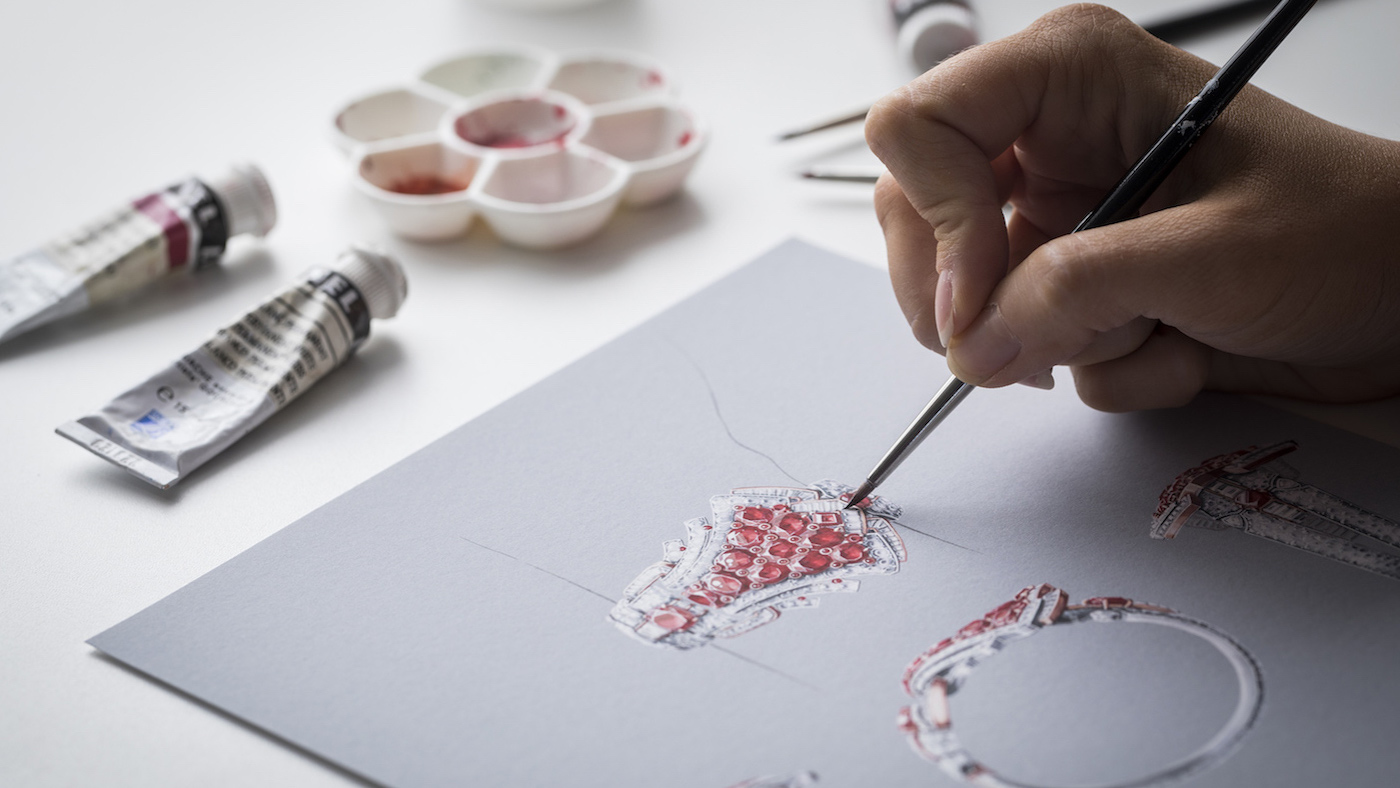
Paris' most elegant campus is located at 22 Place Vendôme. Completed in 1720, the sandstone-clad Hôtel de Ségur is the work of Jacques Gabriel, principal architect to King Louis XV of France. The Hôtel de Ségur has in turn been home to the Marquise of Parabère, a paramour of Philippe II, the Duke of Orléans; 19th-century financier Isaac Péreire (co-creator of the bank Crédit Mobilier) and Nicolas-Alexandre, Marquis de Ségur, the owner of numerous Bordeaux vineyards including the Châteaux Latour and Laffite.
In 1906, ten years after Alfred Van Cleef and Salomon Arpels established their maison, the fledgling enterprise opened the first Van Cleef & Arpels boutique on the building’s ground floor. Today, the jeweller’s headquarters are located in a prime at the opposite end of the square, facing the Hotel Ritz.
Since 2012, the Hôtel de Ségur has also been the address of L’École des Arts Joailliers (The School of Jewellery Arts), which is supported by Van Cleef & Arpels. Arranged across two floors and 8,000sq-ft, the school’s facilities include a well-appointed library with hundreds of gem-themed titles. In classrooms furnished with workbenches arranged in neat rows, lessons are taught in English or French by expert lecturers and Van Cleef & Arpels’ highly-skilled Mains d’Or (Golden Hands) artisans, to classes of between six and 12 students.
The Week
Escape your echo chamber. Get the facts behind the news, plus analysis from multiple perspectives.

Sign up for The Week's Free Newsletters
From our morning news briefing to a weekly Good News Newsletter, get the best of The Week delivered directly to your inbox.
From our morning news briefing to a weekly Good News Newsletter, get the best of The Week delivered directly to your inbox.
Open to the public, L’École des Arts Joailliers’ mission is to educate on the history, creation and make-up of jewellery. Its curriculum includes seminars on traditional Japanese urushi lacquering, gouache drawing and the legacy of French Art Nouveau finery.
It was at the school, in a session on rubies, that the lecturer invited his students to join him on a plongeon with a difference: bringing a small ruby up to eye level using a set of tweezers, jewellery loupe in place, we metaphorically dived into the magnified stone, focusing on facets of colour and feather-shaped inclusions.
Rubies, like sapphires, are naturally forged crystalline structures of aluminium oxide, a transparent rock-forming mineral, that is coloured by traces of metals. Named after the Latin term for red (ruber), the ruby owes its distinctive colouring – ranging from light pink to deep merlot red – to varying concentrations of chromium. Rarer than white diamonds, the gem has been sought after throughout history.
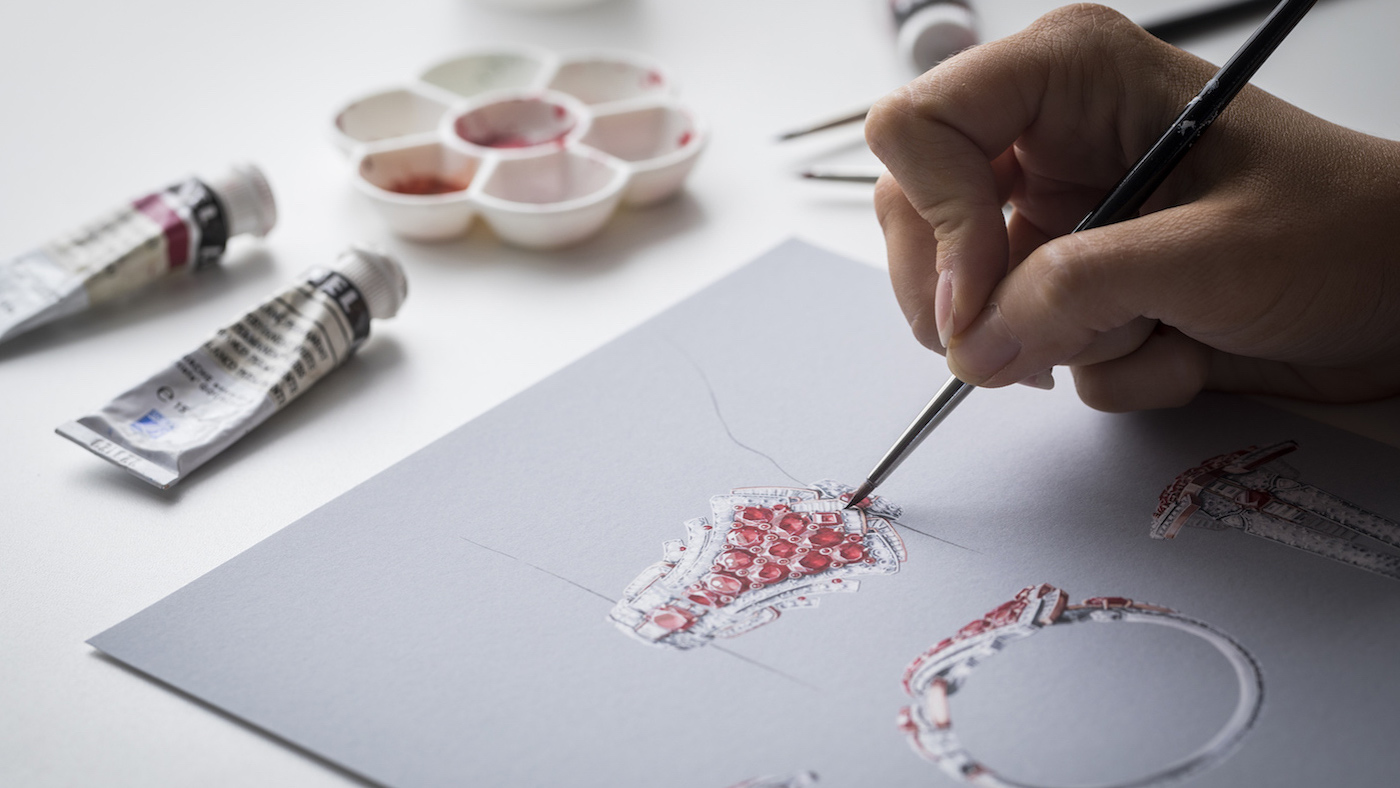
A delicate gouache rendering of Van Cleef & Arpels Éventail souverain bracelet.
A free daily email with the biggest news stories of the day – and the best features from TheWeek.com
“If you close your eyes and think ‘precious stone’, the ruby is probably the first that comes to mind,” says Nicolas Bos, CEO and President of Van Cleef & Arpels. “It’s like when you ask kids to pick a colour: 80% will choose red, because it’s the epitome of colour.”
The Sanskrit word for ruby is ratnaraj, which roughly translates as ‘king of precious gemstones’, and indeed the prized gem features in the jewels of many royal dynasties, including a ruby-and-diamond ring finished for Queen Mary II in time for the 1689 coronation of William of Orange, and a pink-stone-topped queen consort’s ring that belonged to Queen Adelaide in the early 19th century. In 1830, King Ludwig I of Bavaria commissioned his court jeweller to craft a breathtaking parure comprising earrings, a necklace, a tiara and a set of cuff bracelets – all set with diamonds, spinels and rubies – to surprise his wife, Therese of Saxe-Hildburghausen.
In more recent times, Van Cleef & Arpels crafted sparkling jewellery set with cabochon-cut rubies as a wedding gift for Queen Sofia of Spain in 1962. “I think that historically, culturally, the ruby has been considered the king of stones,” says Bos. “I think there is a kind of unconscious vision.”
Working with rubies has long been a Van Cleef & Arpels forté. In February 2015, Sotheby’s New York auctioned a rare Van Cleef & Arpels Eros brooch in 18ct yellow gold that shows the Greek god of love carrying a heart-shaped shield set with 13 hibiscus-red rubies. For a 1937 New Year gift from King Edward VIII to Wallis Simpson, the maison mastered a duo of holly-leaf brooches, one set with rubies surrounding a white-diamond stem. Soprano Maria Callas owned a Van Cleef & Arpels ve-leafed ower clip set with diamonds and six Burmese rubies; Jacqueline Kennedy – Callas’ adversary in love – received a pair of pavé-set diamond earrings ending in detachable cabochon-cut rubies when she married Aristotle Onassis in 1968 on the Greek island of Skorpios.
Van Cleef & Arpels’ affiliation with rubies continues to the present day. Last month, the marque unveiled Treasure of Rubies at a historic mansion on the western bank of Bangkok’s Chao Phraya river. The blockbuster high-jewellery offering is Van Cleef & Arpels’ second collection dedicated to a single gemstone, following 2016’s Émeraude en Majesté, which included more than 1,400ct of lustrous green emeralds.
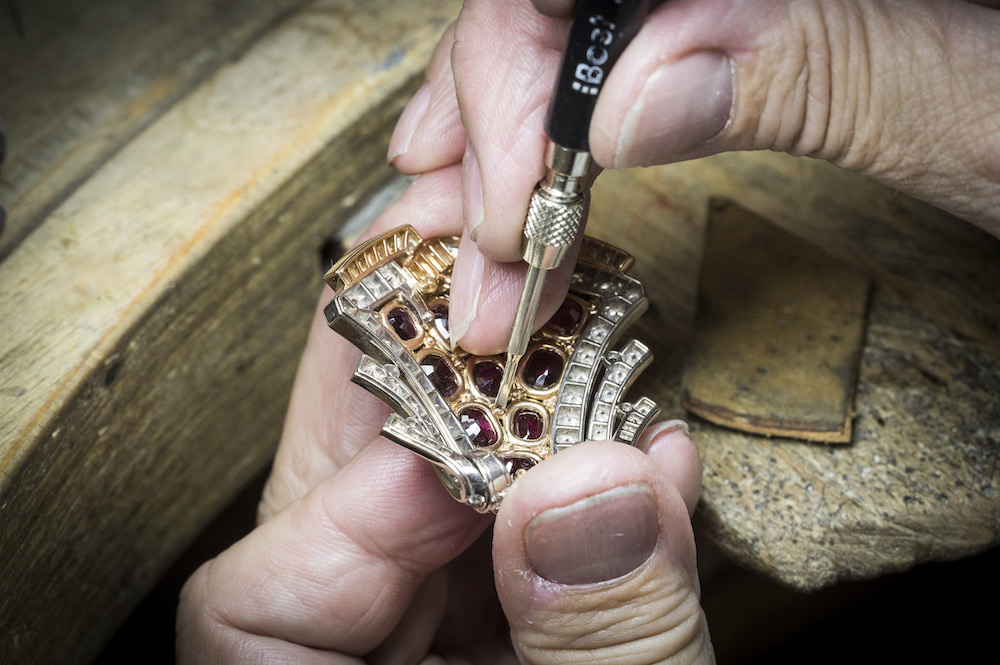
At the marque's Paris atelier, highly-skilled artisans finish precious ruby-set pieces.
Treasure of Rubies comprises 60 one-of-a- kind creations using a total of 3,000ct of certified untreated rubies. The collection required a total of 10 years of stone-hunting, sourcing and collecting, and it includes so-called Pierres de Caractère, the maison’s celebration of spectacular unique stones. “We began to use that expression because we wanted to translate what were the criteria for stone choices,” explains Bos. “They’re different from one house to the other, and from one person to another. It sounds a bit naïve, but it’s truly the case: you have stones that speak to you, stones that express some things.”
The Rubis Flamboyant transformable necklace with 18 matched rubies has at its centre a gobstopper cushion-cut ruby of a staggering 25.76ct; the gem’s rough had been hidden away as a private family treasure before it was sold to Van Cleef & Arpels.
In addition to several transformable pieces, Treasure of Rubies celebrates Van Cleef & Arpels’ signature themes, techniques and flourishes. An asymmetrical Kolam Between The Fingers Ring updates the open-top rings first released in the ’70s, its dual diamond- and rubies-set oral motif framing a large 5.38ct cushion-cut ruby. The design namechecks traditional Indian Kolam drawings, for which a mixture of rice flour and chalk is arranged in grid-like patterns. Elsewhere, a dramatic Rubis Impérial transformable necklace has nine rows of carmine-red ruby beads totalling more than 1,000ct, held together by two diamond-encrusted clasps. Matching the beads to a harmonious colour effect took months of skilled work.
In 1933, Van Cleef & Arpels patented the brand’s Mystery Setting (Serti Mystérieux). The labour-intensive technique requires gemstones – in addition to emeralds and sapphires, rubies are used most often – to be cut rectangular or square before artisans use a sawblade to add grooves to the underside and edges. Gems are then matched puzzle-like and fitted onto a lattice of gold rails, each measuring less than two-tenths of a millimetre in depth. The spectacular result is a smooth, velveteen surface. Van Cleef & Arpels produces only very few high-jewellery creations with Mystery Setting stones: the marque’s ruby treasure includes the oral white-gold Amour Sacré clip with red heart-shaped petals bedecked in precious rubies that appear to oat freely.
With its Treasure of Rubies Elsa necklace, Van Cleef & Arpels pays tribute to one of the great names of Parisian haute couture. White, iridescent diamonds are set to form a ribbon-like band, which appears as though threaded through intertwining pink-gold hoops set with rubies.
Dedicated to Elsa Schiaparelli, the statement collier brings us neatly back to Place Vendôme: from 1926 onwards, the couturière was Van Cleef & Arpels’ erstwhile neighbour, working from premises set up at house number 21.
-
 Is Europe finally taking the war to Russia?
Is Europe finally taking the war to Russia?Today's Big Question As Moscow’s drone buzzes and cyberattacks increase, European leaders are taking a more openly aggressive stance
-
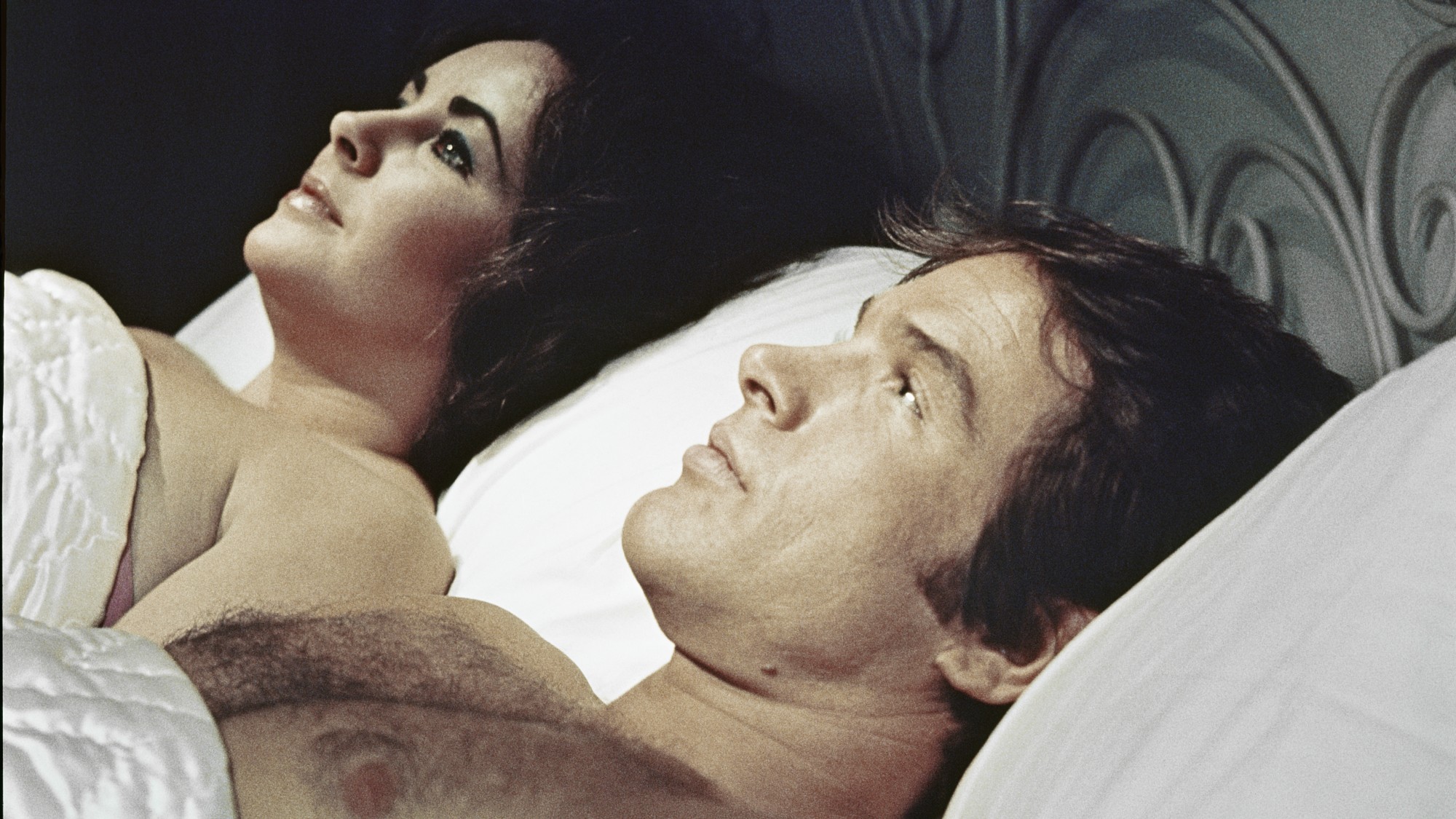 How coupling up became cringe
How coupling up became cringeTalking Point For some younger women, going out with a man – or worse, marrying one – is distinctly uncool
-
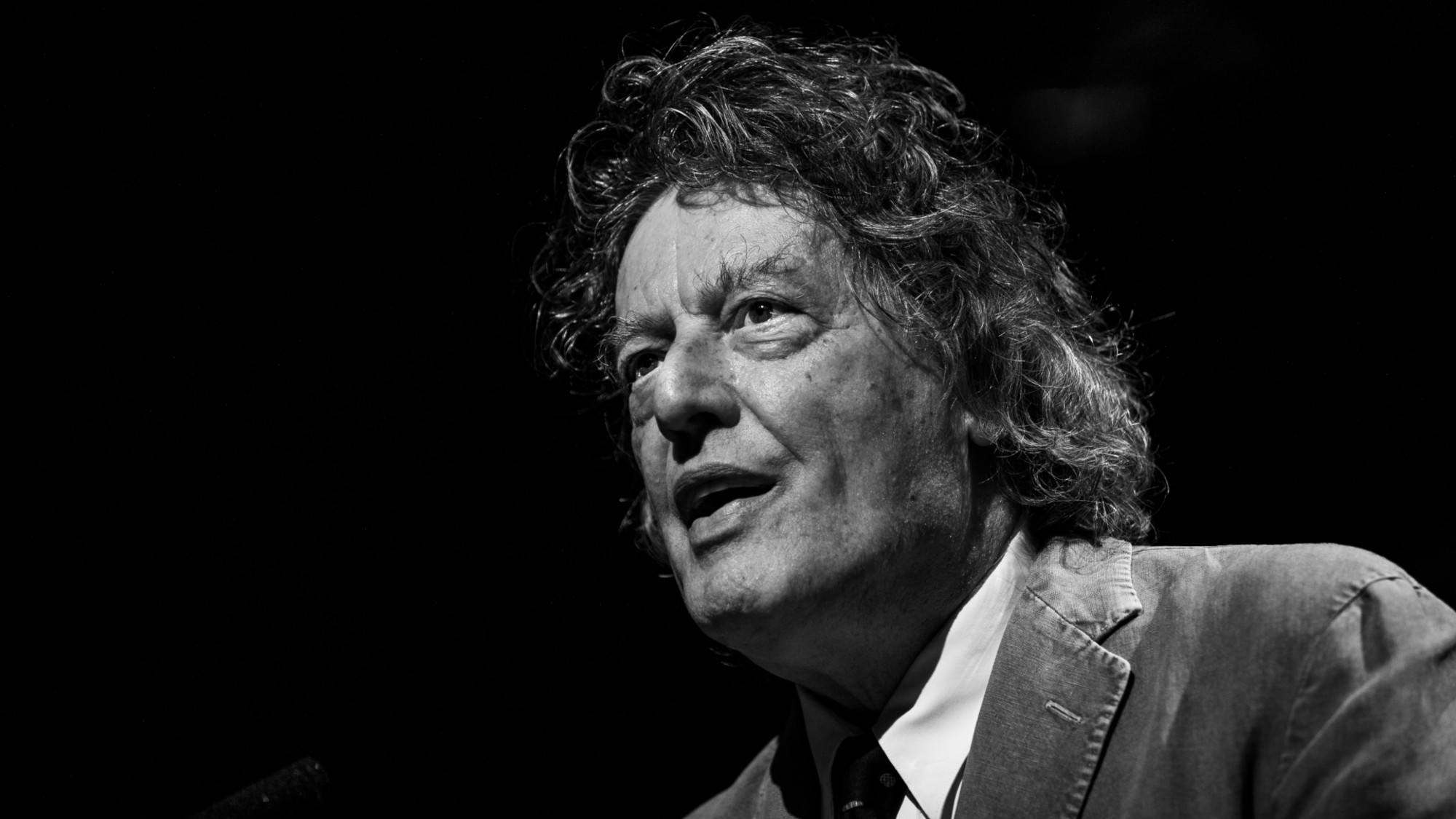 The rapid-fire brilliance of Tom Stoppard
The rapid-fire brilliance of Tom StoppardIn the Spotlight The 88-year-old was a playwright of dazzling wit and complex ideas